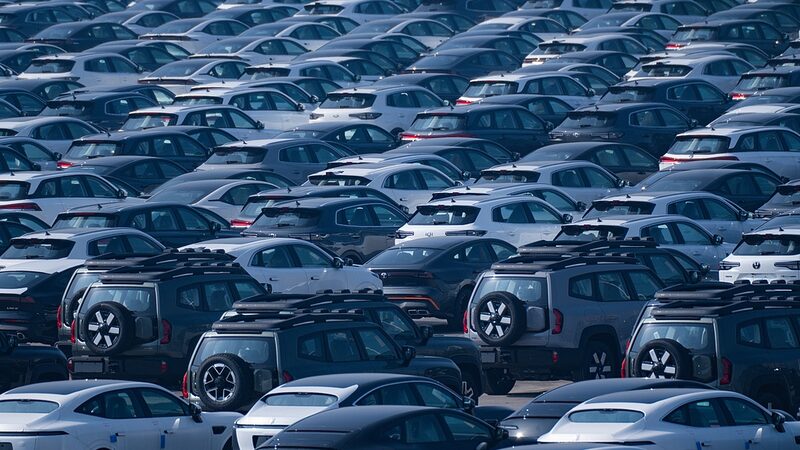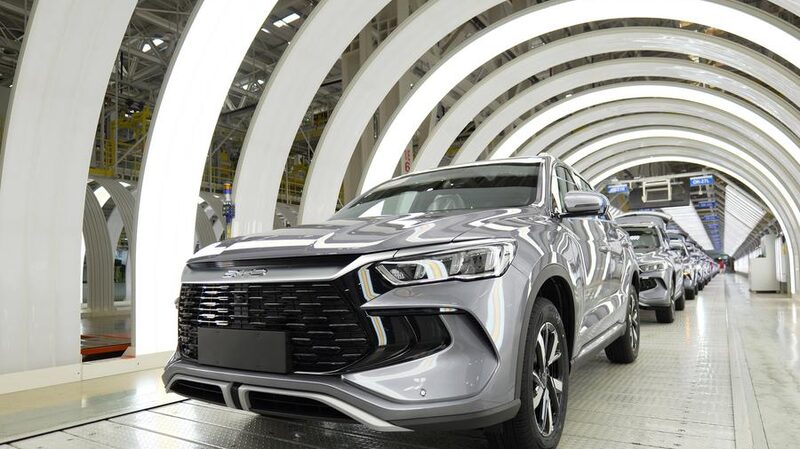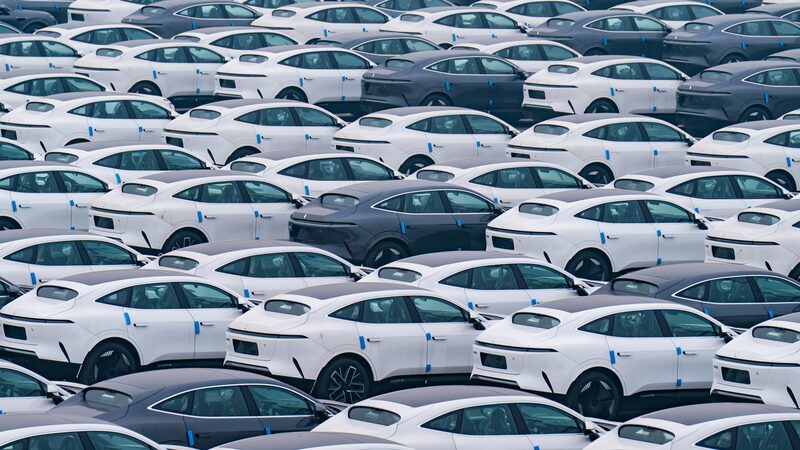As China’s adoption of new energy vehicles (NEVs) accelerates, the nation faces a mounting challenge: managing the surge in retired lithium batteries. In 2022 alone, over 580,000 tonnes of lithium batteries were retired, a figure expected to climb to 800,000 tonnes next year.
According to national standards, lithium batteries must be recycled by qualified enterprises once their capacity falls below 80 percent of the rated capacity, rendering them unsuitable for electric vehicles. This mandate addresses both environmental concerns and resource recovery opportunities.
Lithium batteries, weighing hundreds of kilograms each, contain substances like lithium hexafluorophosphate, which can produce harmful compounds such as phosphorus pentafluoride and hydrogen fluoride upon exposure to air if not properly handled. Improper disposal could lead to significant environmental pollution.
However, these retired batteries hold substantial value. Two primary recycling methods are employed: cascade utilization and material recovery. Cascade utilization repurposes batteries for applications with lower energy requirements, such as energy storage systems. Material recovery extracts valuable metals like cobalt, nickel, and lithium for use in new batteries.
The rapid growth of China’s NEV industry has spurred an equally swift expansion of the battery recycling sector. Zhang Ying, president of the Automotive Recycling Industry Development Committee of the China Association for Economic Development in Asia, stated that there are over 15,000 recycling outlets across the country, covering more than 85 percent of the NEV market.
Furthermore, the China Resources Recycling Association reports significant strides in recycling across various sectors. In 2023, vehicle scrap increased by 32 percent year-on-year to 7.56 million units. Standard recycling and utilization of used household appliances reached approximately 93 million units, totaling about 4.4 million tonnes. Over 200 million pieces of furniture were also recycled. The recycling of key renewable resources, including scrap steel, non-ferrous metals, and plastics, amounted to about 392 million tonnes, reinforcing national resource security.
China’s comprehensive approach to recycling retired NEV batteries not only mitigates environmental risks but also contributes to sustainable resource management. As the NEV market continues to expand, these recycling efforts play a crucial role in supporting the industry’s sustainable growth.
Reference(s):
cgtn.com







